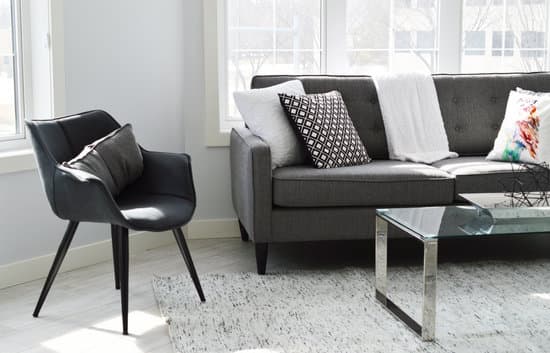The Rule of Three Colors in Fashion
Fashion has always been a way for individuals to express themselves. One of the ways to do so is by the use of colors. However, the question has always remained as to how many colors one should mix when it comes to fashion. The rule of three colors in fashion is a concept that has gained significant popularity across the globe. It refers to the use of three colors or less in your attire at any given time. This rule ensures that you are not overdoing it when it comes to mixing color, which can be overwhelming and confusing.Understanding the Basic Premise Behind the Rule
The basic premise behind the rule of three colors is that you should not mix more than three colors in your attire at in a single time. The concept may seem limiting at first glance, but it’s essential to understand that it allows for a more cohesive look. It simplifies the process of selecting colors, and you are less likely to clash colors or have too many competing colors in one outfit. When executed correctly, the rule of three colors can enhance your outfit and allow for a more streamlined and recognizable look.How Many Colors Should You Mix in Your Attire?
When it comes to the rule of three colors, less is definitely more. Experts recommend using a maximum of three colors in your attire, which includes accessories such as scarfs, hats or even shoes. This enables you to add depth to your outfit without making it too flashy or confusing. The three colors should vary in their tones, such as light and dark shades, while one color acts as the primary color and should be the most dominant in your outfit. Tip: For beginners, a monochromatic look that features variations of a single color is a great way to implement this rule.Exceptions to the Rule: Black and White
Black and White are technically not colors but rather tones, and therefore, they are the exception to the rule. These two colors/thorns can be mixed with any color at any given time. When incorporating black and white, they tend to act as the fourth and fifth color options. They provide a perfect balance to the other colors in your outfit. Tip: Black and white should only be used as additional colors, not the focus of an outfit.Tips for Implementing the Three Color Rule
When implementing the rule of three colors, there some tips that you should consider to make the most out of it.- Choose colors that complement your skin tone.
- Choose one main color, which should constitute fifty percent of your outfit.
- One of the other two colors should act as an accent color, such as your accessories, while the other gives balance to the outfit.
- Ensure that there is a balance between light and dark tones in your outfit. For example, if you’re wearing light-toned pants, pair them with a slightly darker top.
Benefits of Using the Three Color Rule
The rule of three colors has numerous benefits, which include:- Saving time: By limiting the number of colors you use in your attire, you no longer have to spend hours testing which colors work best together, hence saving time.
- Making you stand out: Wearing an outfit with fewer colors instantly makes you recognizable and memorable.
- Enhancing your personal style: The rule enables individuals to express their style while still appearing put together and elegant.
Common Mistakes to Avoid When Following the Rule
When adhering to the rule of three colors, some common mistakes often made, including:- Forgetting to consider the occasion: Some colors work well in casual settings but not in formal ones. Therefore, it’s crucial to consider the event and dress accordingly.
- Choosing colors that don’t compliment your skin tone: The right colors highlight your features and bring out your best features, while the wrong colors have the opposite effect.
- Using multiple patterns: Using patterns alongside colors can be overbearing and distracting, hence the reason to use a maximum of two patterns.





















